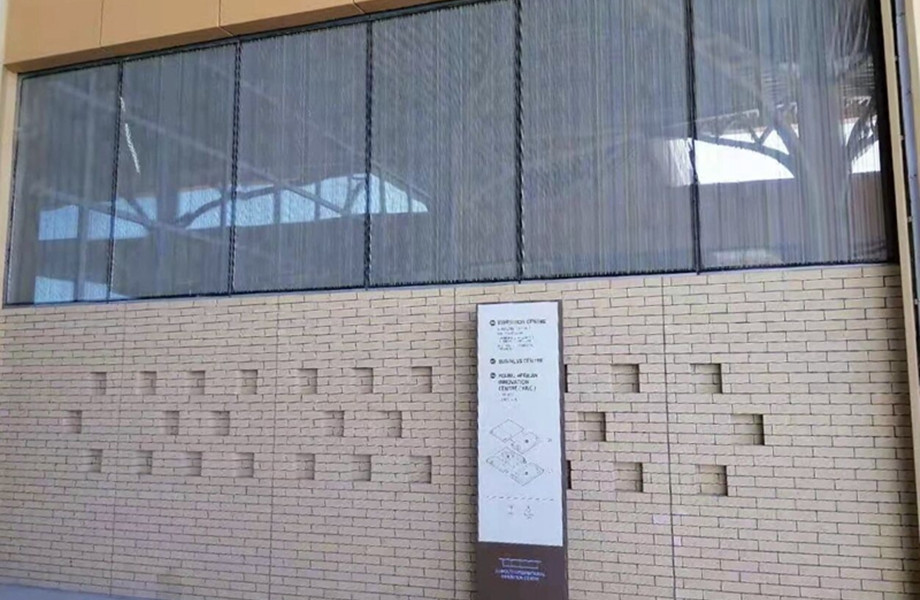The difference between clear glass and low-iron glass is that the latter is more transparent, making it more suitable for frameless glass walls, back paint, curtain walls, UV-bonded display cases, partition walls and dividers, and other applications.
Ultra clear glass factory wholesale
You might think that all glass is the same. Yes, glass comes in different tinges and shapes, but its actual composition cannot be changed, right?
This couldn't be further from the truth.
.jpg)
Different products require different glass types. Two common categories are low iron glass and clear glass. Their properties differ because of the different ingredients, so for certain uses, one may be more suitable than the other. An experienced manufacturer, such as KunXing Glass Company, can explain the difference between low-iron glass and clear glass and recommend the glass that's best for your project.
We will discuss the differences between transparent glass and low iron glass, as well as the best uses and applications of each type of glass.
What is clear glass?
People generally misunderstand that transparent glass is the most transparent, but this is not the case. Although the iron content of transparent glass is not high, its iron content is indeed higher than that of low iron glass. These higher contents produce a green hue that becomes more prominent as the glass thickens. This is due to the melting of elements such as sand or the presence of iron oxide in glass. When using low iron glass as a display cabinet to showcase elegant products, such as jewelry and other high-end items, these exquisite details and subtleties are not as obvious as even the slightest green color present in transparent glass cabinets.
.jpg)
How to determine whether glass is low iron?
Although transparent glass is suitable for projects that do not require advanced display or decorative elements, the low iron glass may be a better choice for curtain walls, frameless glass walls, UV-bonded display cabinets and shelves, and glass partitions.
Float glass manufacturers produce low iron glass, also known as ultra clear glass or high transparent glass, by reducing the iron content in the molten glass formula. It is more transparent than regular glass and does not have the green hue mentioned earlier. Changing the iron content can increase the transmittance by 5% to 6%.
Low iron transparency glass factory supplier
Due to the lower green degree of the edges of low iron glass compared to transparent glass, it is not only suitable for color matching but also for retail display cabinets and shelves.
Due to the high level of transparency and internal opacity, consumers can view goods without the green colors of low-iron glass. This is also useful in hotel lobbies, office waiting rooms, or other areas where glass display cabinets are used.
Compared to clear glass, low iron glass has high transparency, achieving seamless continuity between spaces.
Suitable application of low iron glass
Learn how low-iron glass can add transparency and vibrancy to any of the following applications:
.png)
Markboard: Further personalize any item through custom color matching, tones, or logos to enhance brand and aesthetic appeal.
Frameless glass wall: Create a clean and minimalist appearance in existing designs and plans.
UV-bonded display cabinets and shelves: Even if multiple pieces of glass are required, they can create an elegant and cohesive appearance.
Glass partitions and partitions: Increase natural light flow, transparency, and clarity with minimal coloring.
Shower door cover: Low iron glass is most suitable for customizing back-painted shower walls.
Because the composition of low-iron glass varies depending on the specific formulation and process, they all have a slight iron color. When deciding on using low-iron glass for your application, consider the following recommendations:
Ask your glass manufacturer for samples and models: When showing the opacity and clarity of lightweight glass, be sure to confirm the actual iron content.
Don’t mix and match materials: For maximum clarity, it’s best to avoid combining low-iron glass and clear glass.
9827.jpg)
While clear glass is suitable for projects that don't include premium displays or add decorative elements, and low-iron glass may be a better choice for showcase, curtain walls, frameless glass walls, and glass partitions, etc.


8577.jpg)
8367.jpg)
9492.png)
.jpg)
.jpg)


.jpg)
.jpg)
.png)
.png)
.png)
.jpg)
.jpg)